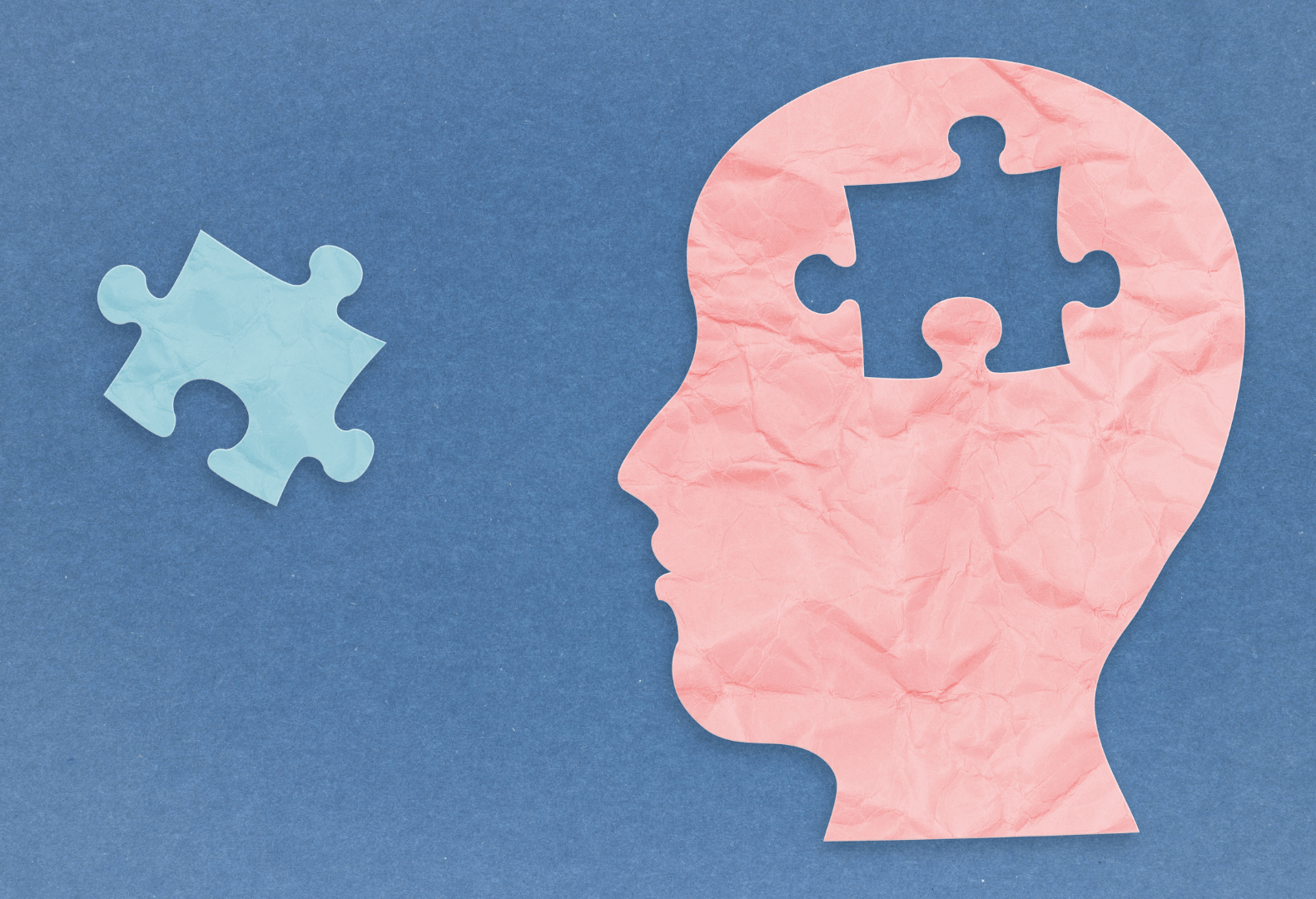About the Program
The field of psychology investigates the interaction between the mind and behaviours in humans. Students intrigued by what influences behaviour, how behaviour is modified, and the different perspectives to understand this process will have their curiosity rewarded in the Psychology profile.
Students will be introduced to the fundamentals of psychology and will be given the freedom to explore several specialized fields, including but not limited to performance, developmental psychology, intimate relationships and sexuality and social psychology. At the same time, students will acquire core social science and research methodology skills, preparing them for eventual university study.
Program Goal:
To learn about and understand the fundamentals of human behaviour and mental processes from different psychological perspectives.





